
Vivo V5 is the 1st venture of Vivo into the growing #Selfie culture. It was launched last Q4 2016 with a promising 20MP front facing camera with good specifications at a price point of Php12,990.

After using the unit for some time now, here is our review of this new challenger. Undeniably it goes head to head with the OPPO F1s with the same price point, but better specifications like 4GB RAM and front LED flash but how is it really fairs?
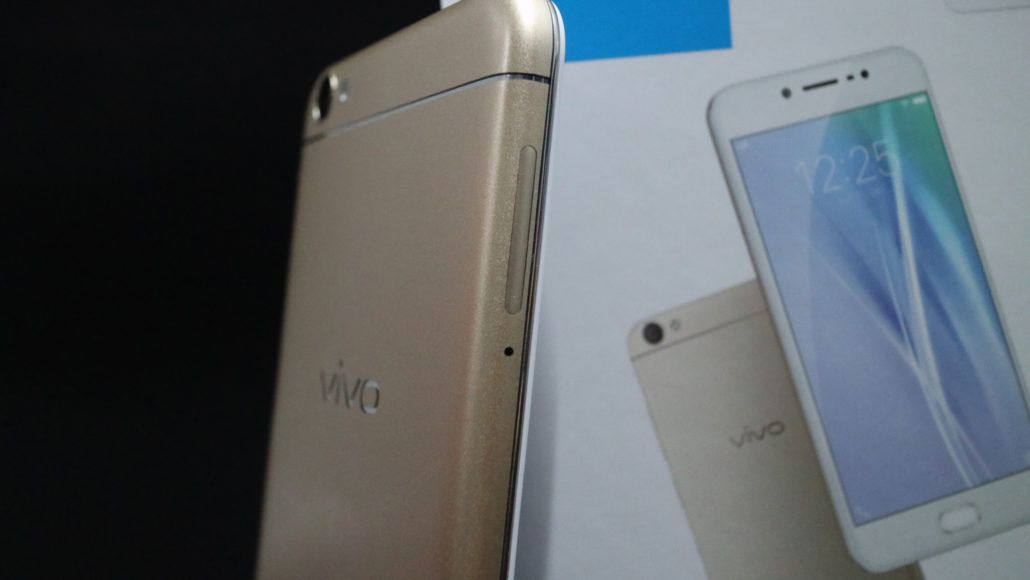
Admittedly, the Vivo V5 looks like an iPhone 6 at the front with similarities going at the back. It approached a whole plate body with rounded edges going to the side frame. The sides are covered by a slim plastic chrome coated plastic which separates the front panel and back panel.
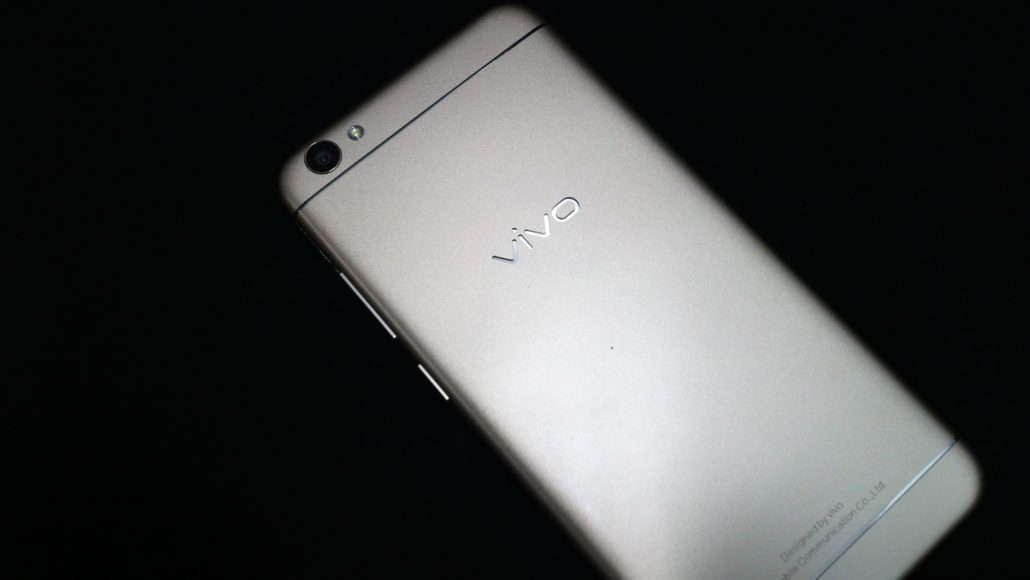
At the back is a similar design of the iPhone 6S Plus where instead of plastic antenna lines, it’s replaced with a metal line both at the top and bottom. Though advertised as metal, we are baffled that the body isn’t cold to the touch as other metal plated phones like the ZenFone 3 Max or OPPO F1s, seems that Vivo has a plastic layer at their back panel similar to the LG G5.
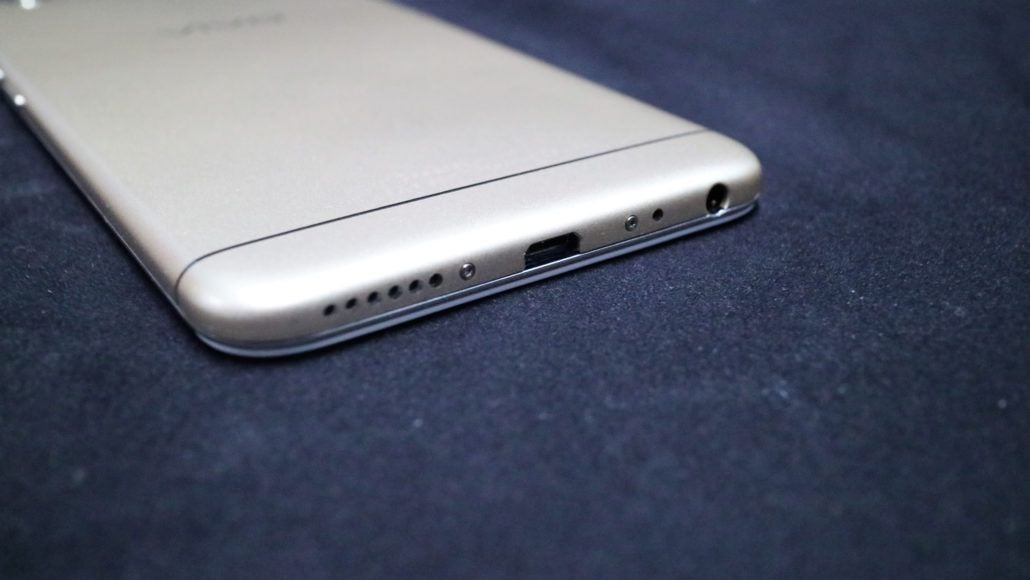
At the bottom is a single speaker grill (Thank you for not attempting a fake dual speaker setup), with the Micro USB port and 3.5mm jack all jammed. This leaves the top portion with no ports which are nice if you connect the headphone jack and charger at the same time it won’t disrupt your pocket.
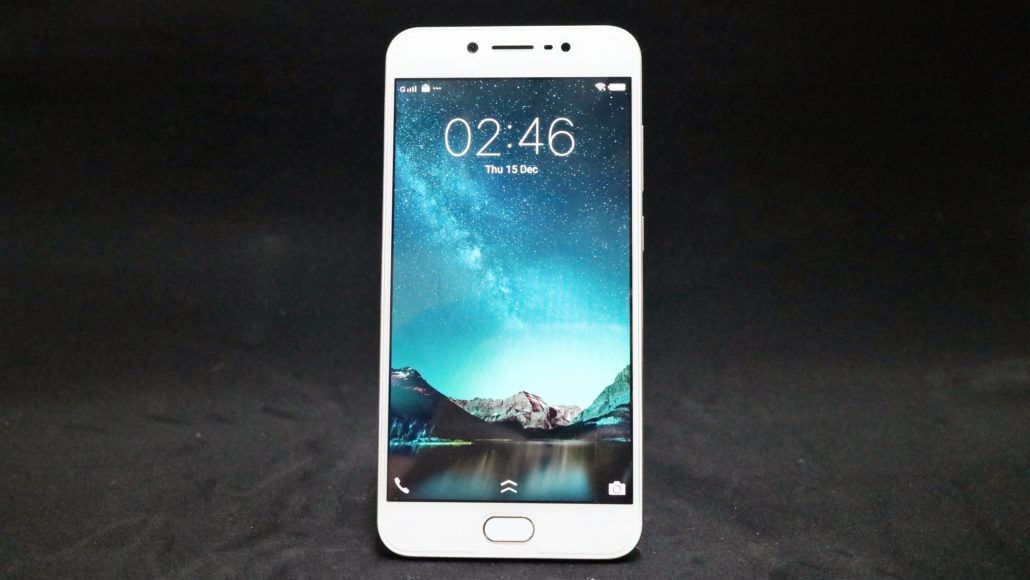
Vivo included a screen protector already pre-installed with a soft jelly case also free in the package. A very nice and becoming standard feature which we like to be honest. The screen is also bright at HD resolution, the IPS panel is able to produce good lighting for outdoor usage.
Colors are good, though we felt the phone was a bit warm/yellowish to our taste which we already adjusted via the display settings. The glass is made of Corning Gorilla Glass though it was no specified which version.
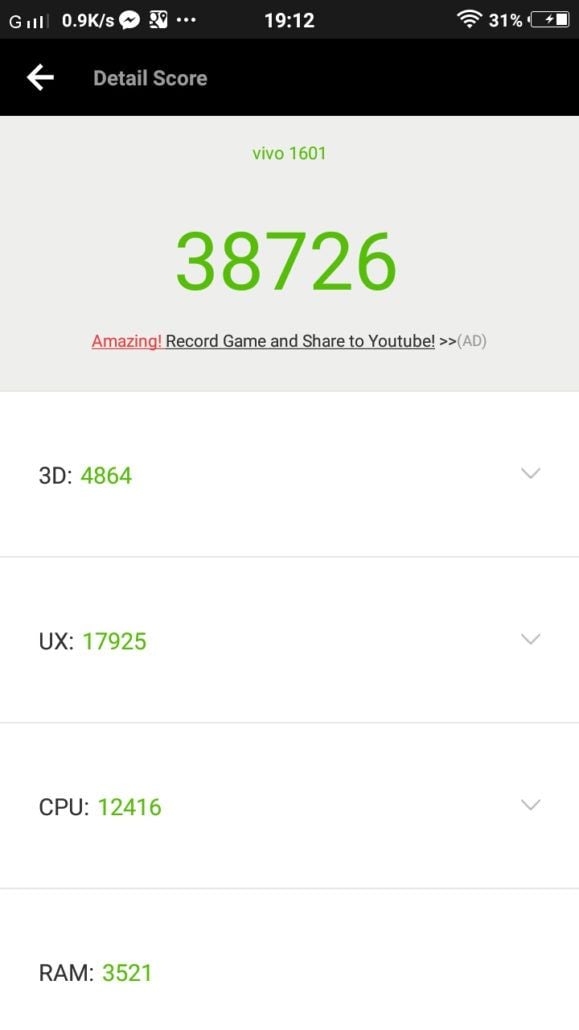
The MediaTek 6750 is a great everyday performance processor, it isn’t too strong but also not that weak for everyday apps for social media, image editing, messaging and even light gaming at the side. Along with the 4GB RAM, we only encountered casual hiccups when loading big applications or multiple apps running like Spotify’s offline tracks loading while chatting with multiple chat heads in messenger.
But the Vivo V5 can also play heavy games given with no other apps running at the background, if you don’t mind the slight inconvenience, though.
The 13MP rear camera takes decent photos both day and night. We had problems focusing at dark conditions where the camera would simply stutter especially if your hands are shaky.
50% of the time our photos are shaky due to this problem, we think it’s the live-preview of the software lagging in the camera. Overall, this downgrades your camera experience with the V5 as you’ll need patience especially at dimmed to dark conditions.
Okay now to the main highlight of the phone, the 20MP selfie camera captures a lot of light indeed. All of our selfies even at night condition is greatly lighted and has good details, though you might notice that some are noisy or blurry.
Same with the rear camera, it seems Vivo still needs to fix their camera software as the preview is jittery/sluggish especially in dark conditions. This results in shaky photos to be blurry or even well-lighted environments to be ruined. But overall the beautification of the Vivo V5 is nice, a little bit unnatural but still acceptable.
A single selfie will average to around 7-11MB of storage, so be aware of your storage from time to time ????
The Fun Touch OS of Vivo is very similar to the latest iOS version. Through even the notifications and quick settings bar, the access and methodology is the same. Though their multi-tasking method is old-school by only showing icons instead of a quick-preview of the app.
We think Vivo is trying too much of imitating Apple in this division, though Vivo has some tricks like multi-window and s-capture (Samsung?)…their implementation of UI still needs a lot of improvement especially proper font unity as font sizes are different across all apps.
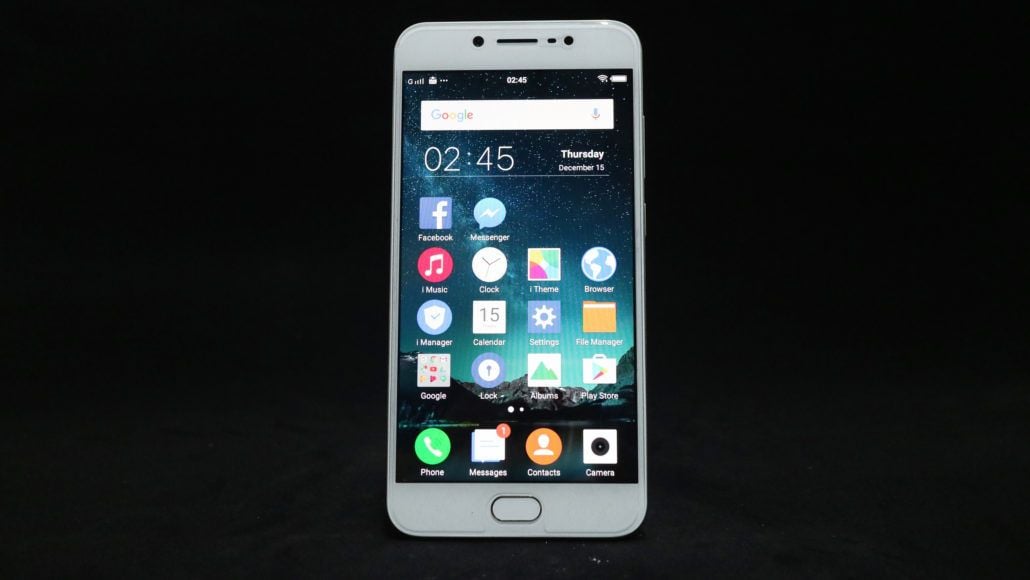
The HD Screen, efficient MediaTek Octa-Core processor, and decent 4GB RAM give the V5 a long lasting battery we like. It can last around 15% until 9PM before we find a charger, though it doesn’t have a fast charging capability which will take you 2 hours more or less to fully charge.
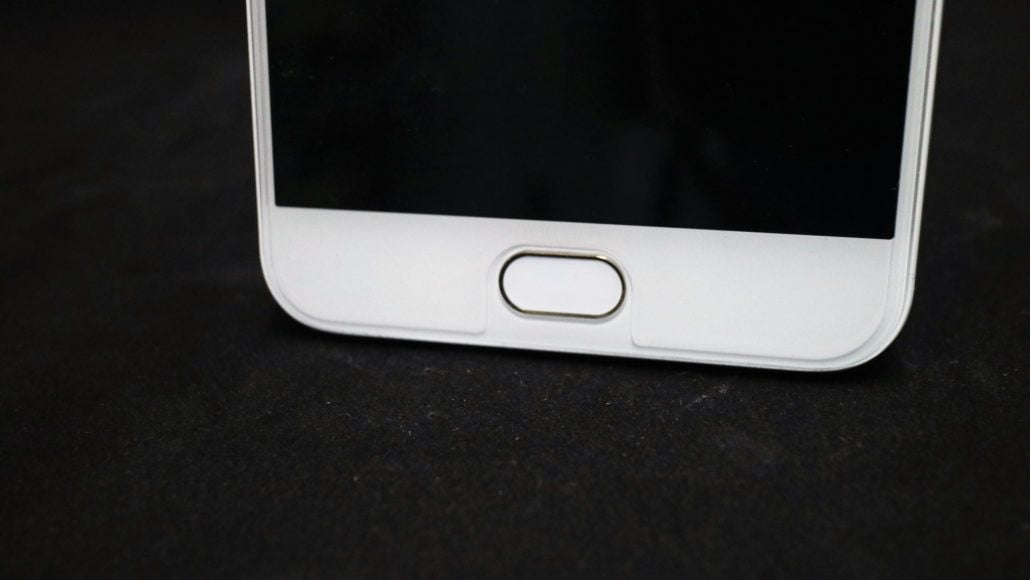
The home button of the V5 is a solid state button similar to the iPhone 7, meaning it has a sensor to detect your fingerprint and hands when touching the button. It feels weird at first but we get the idea that this is more practical, though VIVO should at least added a vibrate feature when pressing the home button to feel its responding.
Hopefully, Vivo could address this with a software update as it’s honestly confusing at times using the home button with no response until you look at the screen.

The Vivo V5 is definitely a mid-range hero with a tempting 20MP front facing camera. Competing with OPPO F1s head to head, we think the V5 gains a bit more on the performance division against OPPO. Unfortunately, our selfie experience wasn’t that spectacular due to the unoptimized UI of Vivo especially the stuttering live preview on the camera.
Overall the V5 is still a good phone to buy for Php12,990, but with the mid-range market flooded with good competitors (ZenFone 3 Max 5.5, Huawei GR5 2017, Samsung Galaxy J7 Prime or OPPO F1s) we think to only recommend the V5 if you are
Vivo can still improve their UI via a software update and hopefully, they will, it’s a bit saddening that their performance didn’t live up to the hype as we are honestly a bit disappointed with the stuttering camera.
